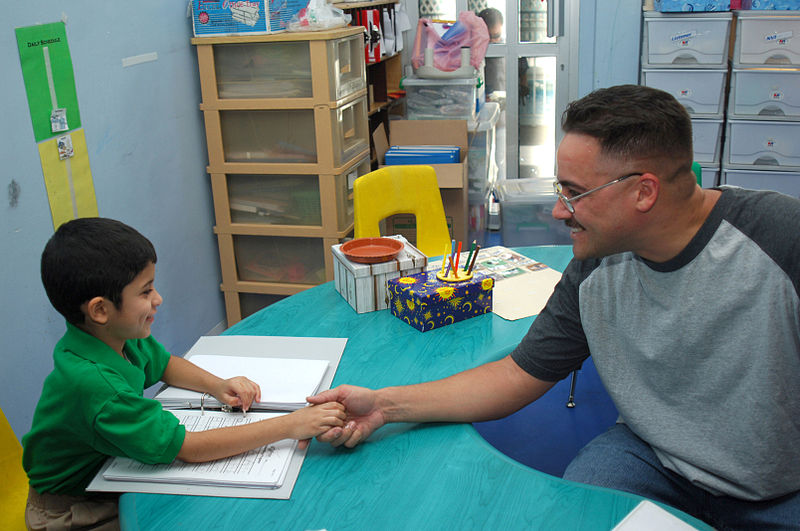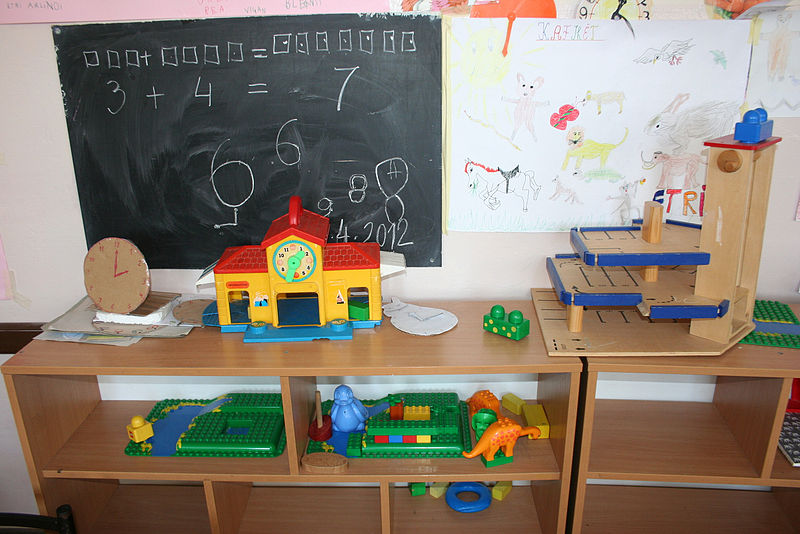Tips and free resources for homeschooling your preschooler – http://t.co/KPnlj42nJ6 #homeschool #edu #educhat #hsmommas
— Homeschool Lounge (@Homeschoolounge) October 14, 2013
Category: General
Teaching Kids to Use a Compass
The World is Your Classroom with Homeschooling
As the new school year arrives parents are busy helping their children get ready for school. New clothing, pens, paper, school books, and much more are needed to get students up and running in preparation for the return to school. The excitement is palpable, but for many parents and their children who homeschool, there is a different mood. Since part of the theory behind homeschooling is that every moment of every day is an opportunity for learning, summer is not really a vacation, but just another time to learn about different subjects in a different setting.
The summer is a great time for homeschoolers to take a break from their more formal studies such as math, science or history, but it doesn’t mean they stop learning about science or math. On the contrary. A trip to the beach can easily turn into an informal lesson about marine life, or the discovery and exploration of the new world, or estimating the number of people who are at the beach. When parents homeschool their children, they have a homeschooling mindset, and everything becomes interesting and worthy of learning.
Parents who don’t homeschool, but have thought about it, can examine the many resources available to help them get started. It is not necessary to invest in school furniture, classroom chairs or classroom tables. A school desk, kitchen table, or even folding tables will do perfectly for the more formal aspects of homeschooling. But a trip to the beach, a hike in the mountains, or even a walk to the mailbox, is also a classroom for homeschoolers.
Getting Ready to Homeschool
Once you have made the decision to homeschool your child, there are a number of steps you must take to ensure adequate preparation. First, you should set aside a room for the lessons – teaching should not be conducted in a regular area of the house as this can confuse the child. It is important that the child’s “schooling” is undertaken in an area that is specifically set aside for this (preferably an entire room, but, if that is not possible, then at least an area). Second, make sure you purchase proper school furniture (or something similar) for your child to use before the lessons begin. Inevitably, since your child will be doing some of his or her work via the computer, they should have their own computer table as well as regular school desks. Take a look at other classroom chairs and school furniture in general to see what you can purchase for your child and what will be appropriate for them at home in the room you have chosen as well.
Once the room is school-ready for your child and you have all the necessary school furniture, it is time to work on a syllabus. Find out what other parents have done when homeschooling (in these Internet-days it is much easier to do that research). Finally, as a parent choosing to homeschool their child, it is imperative you work out ways to socialize your child as that is one area that can be quite challenging.
Why America’s Educational System is Failing
This video offers an interesting glimpse into why the educational system in America is failing today and why so many are turning to homeschooling. If you’re concerned about the future of your child’s education, this is a video worth watching. Think about your own school system and the home school options you have available to you as you watch and learn.
Documentary about Homeschooling: A Day at Home
Here is an interesting documentary that looks at a day in the life of a child who is homeschooled.
Homeschooling Resources to Achieve Success
 Have you ever thought about homeschooling for your children? Here are some pointers to help you get started:
Have you ever thought about homeschooling for your children? Here are some pointers to help you get started:
· *Begin a collection of resources which will help teach your children: Create a list of items that will be useful in teaching your children. Borrow or buy the things on that list which you don’t already own. Here is a short list of things you might think having in your homeschool environment: a globe, atlas, GPS, measuring cups, rulers, scales, a garden, tools, art supplies, reference books, magazines and newspapers to discuss topics of interest or current events.
· *Know what community resources there are in your area: the library can be an amazing place for you and your homeschoolers. Enrichment programs abound in most places. Don’t hesitate to supplement your children’s homeschooling with sports programs, language programs, and art classes. One interesting enrichment program is carpentry, where homeschoolers can actually learn to make school furniture and other interesting objects.
· *Distribute household chores among your homeschoolers: With the kids around all day every day it might be hard for the burden of cleaning and cooking to fall on just one or two people; namely mom and dad. Homeschoolers can also learn to share in the chores, not only easing the burden on parents, but learning essential skills which will be useful for the rest of your children’s lives.
Homeschooling can be an exciting adventure that does not have to be complicated or difficult. The challenge is to bring back the joy of learning to your children in everything they do.
Thoughts on Homeschooling from John Holt
Resources for Homeschoolers
This site at http://store.homeschooling-ideas.com/ offers a vast array of ideas for homeschoolers. You can download free guides to help you get started with creating your own homeschooling curriculum and you can also purchase books of every type. Learn more with this site and get started building your library of homeschooling ideas.
Why Do Some Parents Prefer Homeschooling?
 Contrary to popular belief, attending school is not a legal requirement in the U.S. All children must be educated, however. KidsHealth.org explains that “when parents believe their can give their children a better education- or have other reasons for not wanting to send their kids to a local school (religious instruction, for example)- they may choose homeschooling.”
Contrary to popular belief, attending school is not a legal requirement in the U.S. All children must be educated, however. KidsHealth.org explains that “when parents believe their can give their children a better education- or have other reasons for not wanting to send their kids to a local school (religious instruction, for example)- they may choose homeschooling.”
A common misconception is that homeschooling is easier and less demanding than regular schooling. However, the opposite is often true. Though home-based education is less traditional, the material covered is the same as that in a regular classroom. Sometimes, the level of education is even higher, depending on the instructing parents or tutors. Homeschooling does tend to be more hands-on, with an increased number of field trips, science experiments and crafts. The environment often changes as well, ranging from a school desk at home to a creek or forest to a local library or museum.


